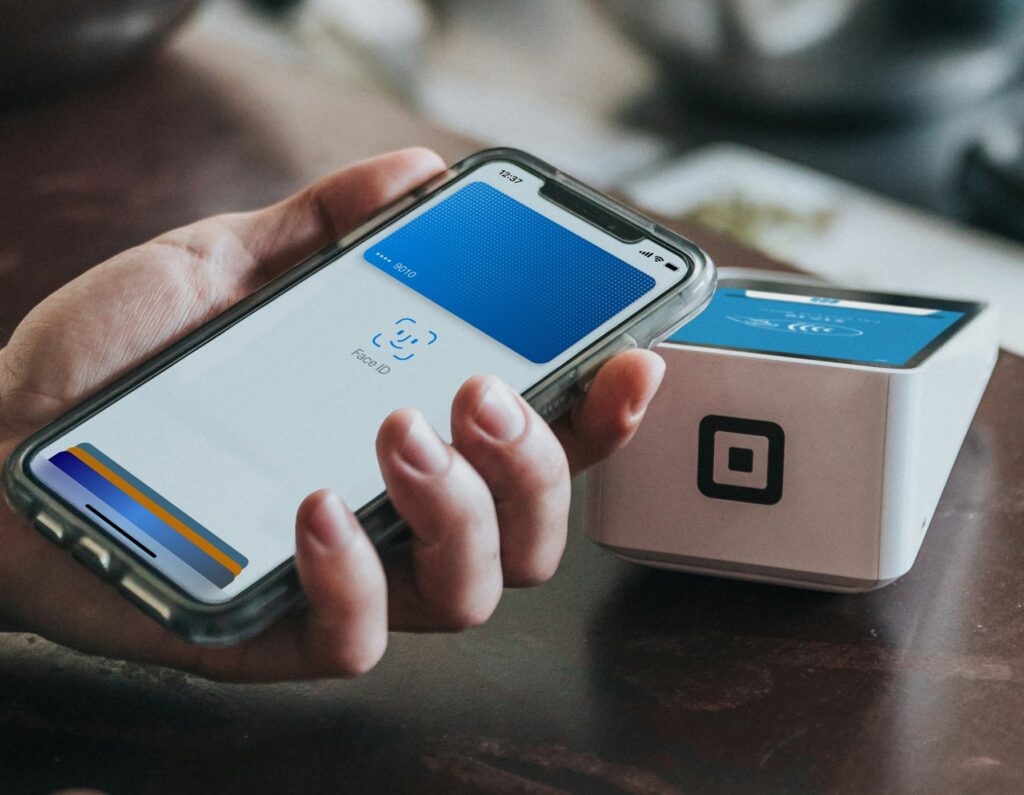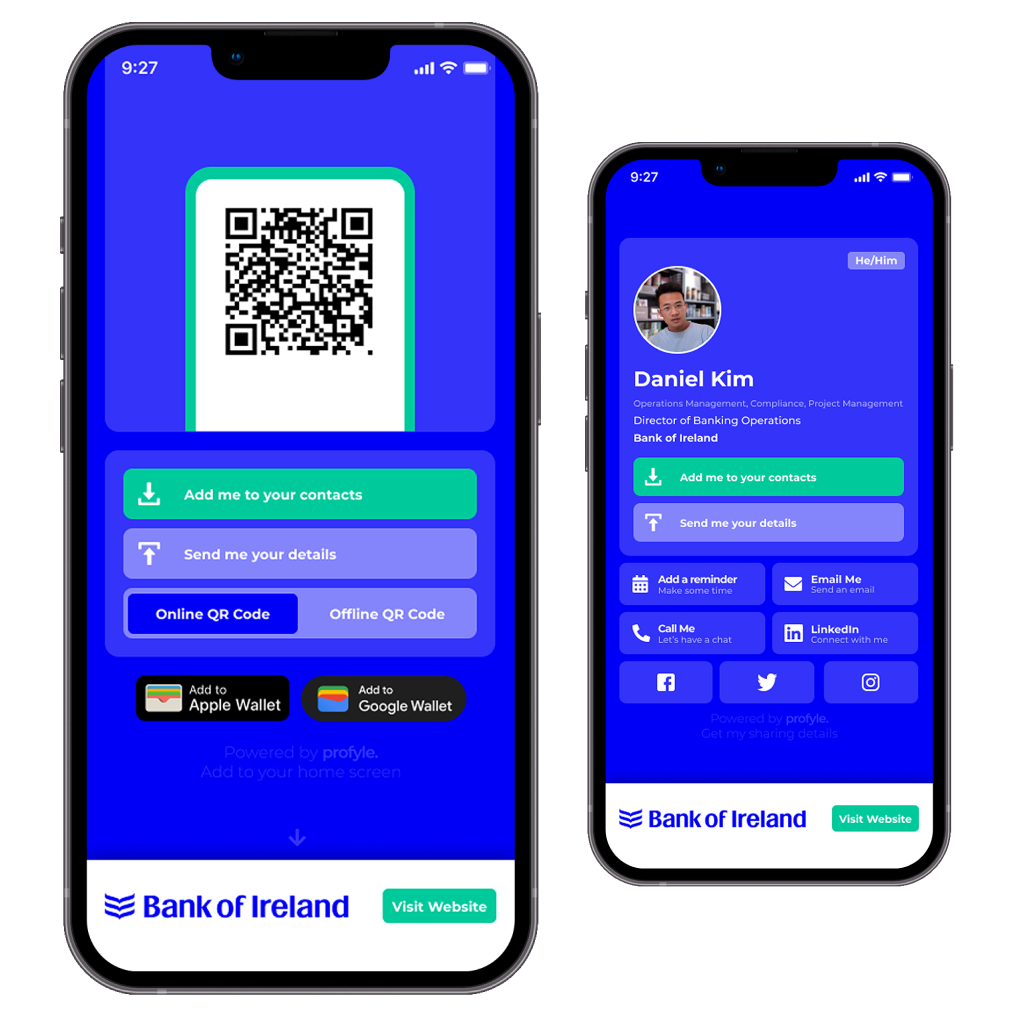Did you know that more than 98% of smartphones use NFC today? With billions of NFC-enabled phones out there, that means 30%+ of the world’s population now enjoys the convenience of NFC technology.
Ever marvelled how you can pay for your coffee by tapping your phone? Or how you can unlock doors with a simple wave? The magic behind these conveniences is called NFC, or Near Field Communication.
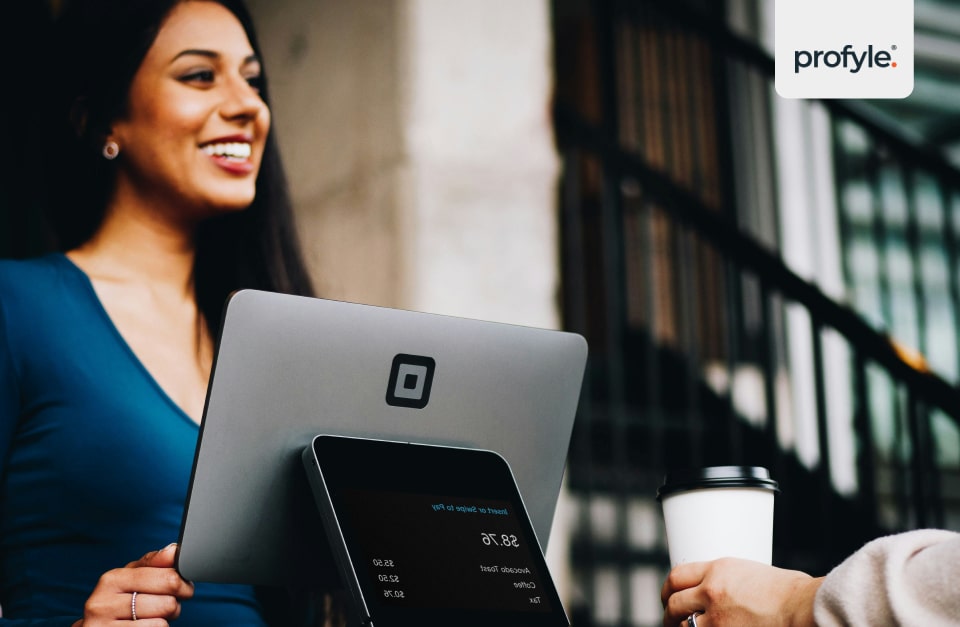 NFC is a short-range wireless technology. Meaning, when you place your phone and another device close together, it allows them to exchange small bits of data. Here are the three facts you need to know:
NFC is a short-range wireless technology. Meaning, when you place your phone and another device close together, it allows them to exchange small bits of data. Here are the three facts you need to know:
- NFC uses the ISM management frequency of 13.56 MHz.
- NFC has a max range of about 20 cm or 7–8 inches.
- Typical connection distance of 4 to 5 cm or 1.5–2 inches.
What is NFC on Your Phone?
NFC allows your phone to serve as a transit pass, credit card, or hotel room key. It powers contactless payments, digital keys, and quick data transfers between devices. A tiny, invisible bridge linking your phone to the world. It makes daily tasks easier and more enjoyable.
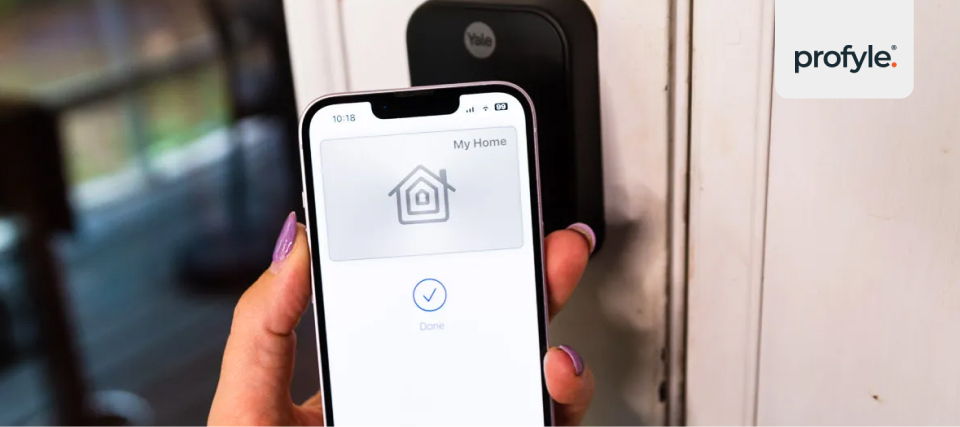
How Does NFC Work?
NFC works by using radio waves to communicate between devices. When two NFC-enabled devices, such as your phone and a payment terminal, get close, they can share data. This usually happens within a few centimetres. This happens so quickly that it feels almost instantaneous.

Here’s a simple breakdown:
-
Initiator and Target: One device (the initiator) creates a small radio frequency field. The other device (the target) can draw power from this field, even if it doesn’t have its own power source.
-
Data Exchange: The devices exchange information, like payment details or digital keys.
-
Action: The data triggers an action, like completing a payment or unlocking a door.
A quick chat between devices, where one says, “Hey, here’s my info!” and the other responds, “Got it, thanks!”

Should NFC Be On or Off?
You might be wondering, “Should I keep NFC on all the time?” The answer depends on how you use your phone. If you often use contactless payments or digital keys, keep NFC on. It’s convenient and saves you the hassle of turning it on every time you need it.
But, if you’re concerned about battery life or security, you can turn NFC off when you’re not using it on Android phones and older iPhones before the iPhone 12. Just remember to switch it back on when you need to make a payment or use a digital key.
Pro-Tip: On the latest iPhones, NFC is always on, and you cannot turn it off.
How to Use NFC on Your Phone
Using NFC on your phone is easy. Here’s how:
-
Enable NFC: On Android, go to Settings > Connected Devices > Connection Preferences > NFC. Toggle it on. On iPhones newer than iPhone 12, NFC is always on and cannot be turned off. On iPhones between iPhone 7 and 11 go to Settings > Wallet & Apple Pay.
-
Choose a Payment App: Select your preferred payment app, like Google Pay or Apple Pay.
-
Tap to Pay: Hold your phone near the payment terminal until you see a confirmation message.
It’s that simple! No more fumbling with cards or cash.
Profyle Digital Business Cards: A Practical Use of NFC
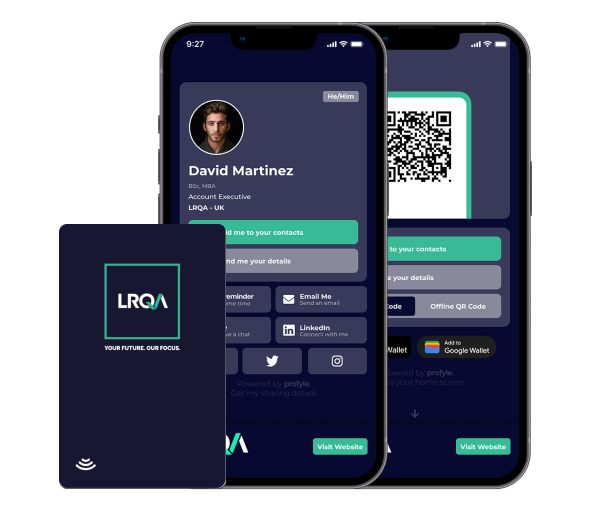
One of the coolest uses of NFC is digital business cards, like those from Profyle. With a Profyle card, you can share your contact information with a simple tap. No more handing out paper cards or typing in details manually.
Here’s how it works:
-
Create Your Card: Set up your digital business card with Profyle.
-
Tap to Share: Just hold your phone close to the other person’s phone. Your contact info will transfer right away.
-
Stay Connected: The recipient can save your details directly to their contacts.
It’s a modern, eco-friendly way to network. Plus, it’s a great conversation starter! Ready to try it out? Sign up for a Profyle Card account for free here.
Common Questions Regarding NFC

Is NFC Safe to Use on Your Phone?
NFC is generally safe to use on your phone, but like any technology, it has its risks. The good news is that NFC’s short range makes it harder for hackers to intercept your data. However, it’s still important to take some precautions:
-
Keep Your Phone Secure: Use a strong passcode or biometric authentication. This helps protect your phone.
-
Use Trusted Apps: Stick to well-known payment apps and services.
-
Turn Off NFC When Not in Use: If you’re not using NFC, turn it off to reduce the risk of unauthorized access.
Can NFC Be Skimmed?
Skimming is a concern with any wireless technology, including NFC on your phone. Skimming happens when someone uses a device to read your NFC data without your knowledge. To protect yourself:
-
Be Aware of Your Surroundings: Keep an eye out for suspicious activity when using NFC on your phone.
-
Use RFID-blocking cases. They help stop unauthorized access to your NFC data.
-
Monitor Your Accounts: Regularly check your payment accounts for any unusual activity.

Does NFC Always Drain the Battery?
NFC on a phone itself doesn’t use much battery, but keeping it on all the time can add to your phone’s power consumption. If you’re worried about battery life, you can turn NFC off when you’re not using it. Some phones also have settings to manage NFC power usage, so check your device’s options.
What Happens If NFC Is Off?
If NFC on your phone is off, you won’t be able to use contactless payments or other NFC features. Like opening a door without the key — it won’t work. So, if you rely on NFC for payments or digital keys, make sure to keep it on.

What Can You Do with NFC on Your Phone?
NFC does more than just payments. Here are some of its uses:
-
Digital Keys: Use your phone to unlock doors, cars, or even hotel rooms.
-
Data Transfer: Quickly share photos, contacts, or other data between devices.
-
Smart Home Control: Control smart home devices with a tap.
-
Public Transport: Use your phone as a transit pass.
Which Phones Have NFC?
Most modern smartphones, including iPhones and Android devices, have NFC. To check if your phone has it, look in your settings under “Connected Devices” or “Network and Sharing.” If you see an option for NFC, your phone supports it.

How to Tap with NFC
Tapping with NFC is easy:
-
Enable NFC: Make sure NFC is turned on in your phone’s settings.
-
Hold Devices Close: Bring the two devices close together (within a few centimetres).
-
Wait for Confirmation: Look for a message or sound confirming the connection.
Does NFC Work Without Internet?
Yes, NFC works without an internet connection. It relies on short-range radio waves, not Wi-Fi or mobile data. This makes it a reliable option for contactless payments and other uses, even when you’re offline.
The Future of NFC on Phones
NFC technology is here to stay, and it’s only getting better. More devices and services are using NFC. This means we will see new uses, like smart home control and digital IDs. With Profyle Digital Business Cards, you stay ahead. NFC makes networking easier and more fun.
Profyle Digital Business Cards: The Future of Networking
Profyle NFC Business Cards are a perfect example of how NFC on your phone can make your life easier. With a simple tap, you can share your contact information, social media links, and more. It’s a modern, efficient way to stay connected.
Ready to join the future of networking? Sign up for a Profyle Card account for free here.
Conclusion
NFC technology is changing how we interact with the world. Better yet, it simplifies our lives. It connects us through digital business cards and smart home control. So, embrace the tap, and see where NFC can take you!
